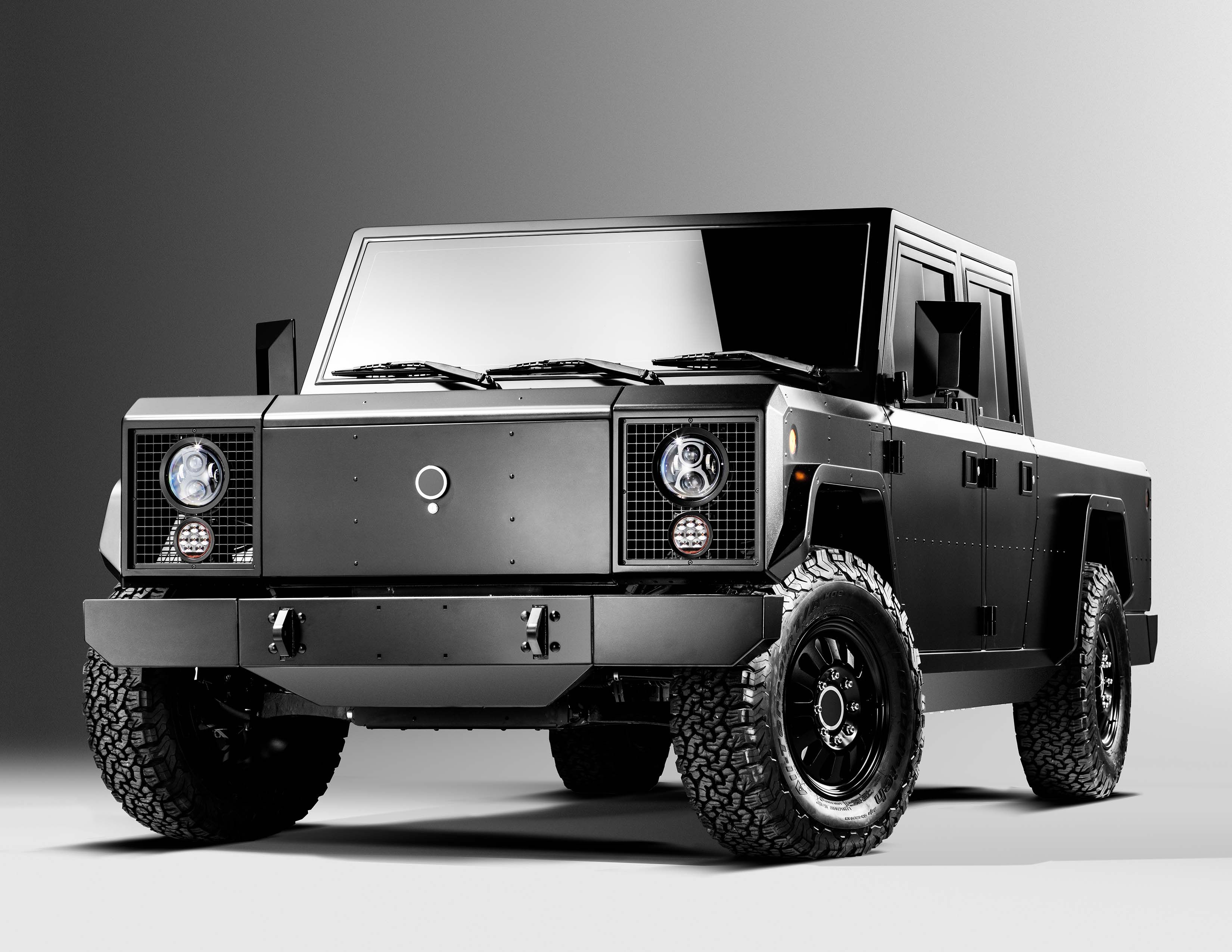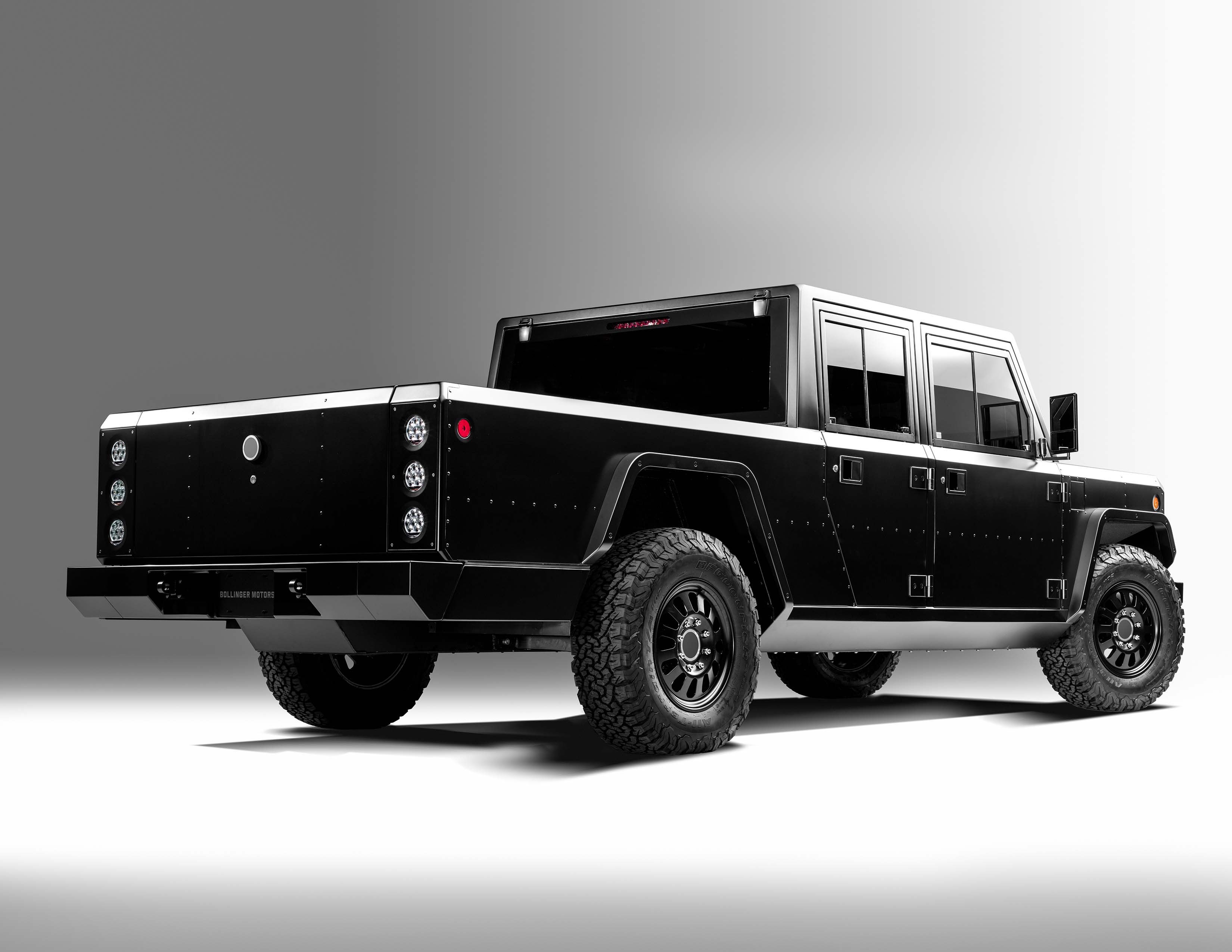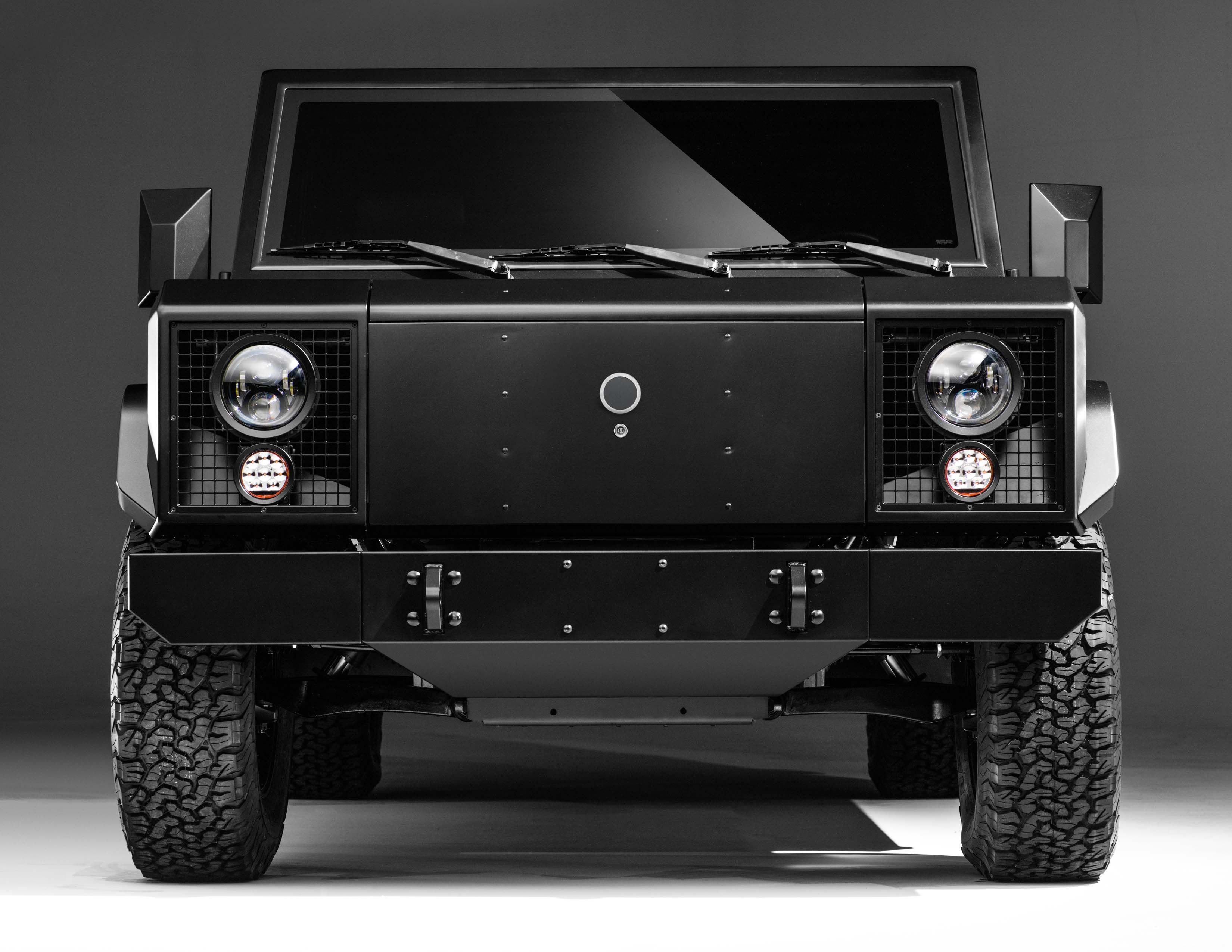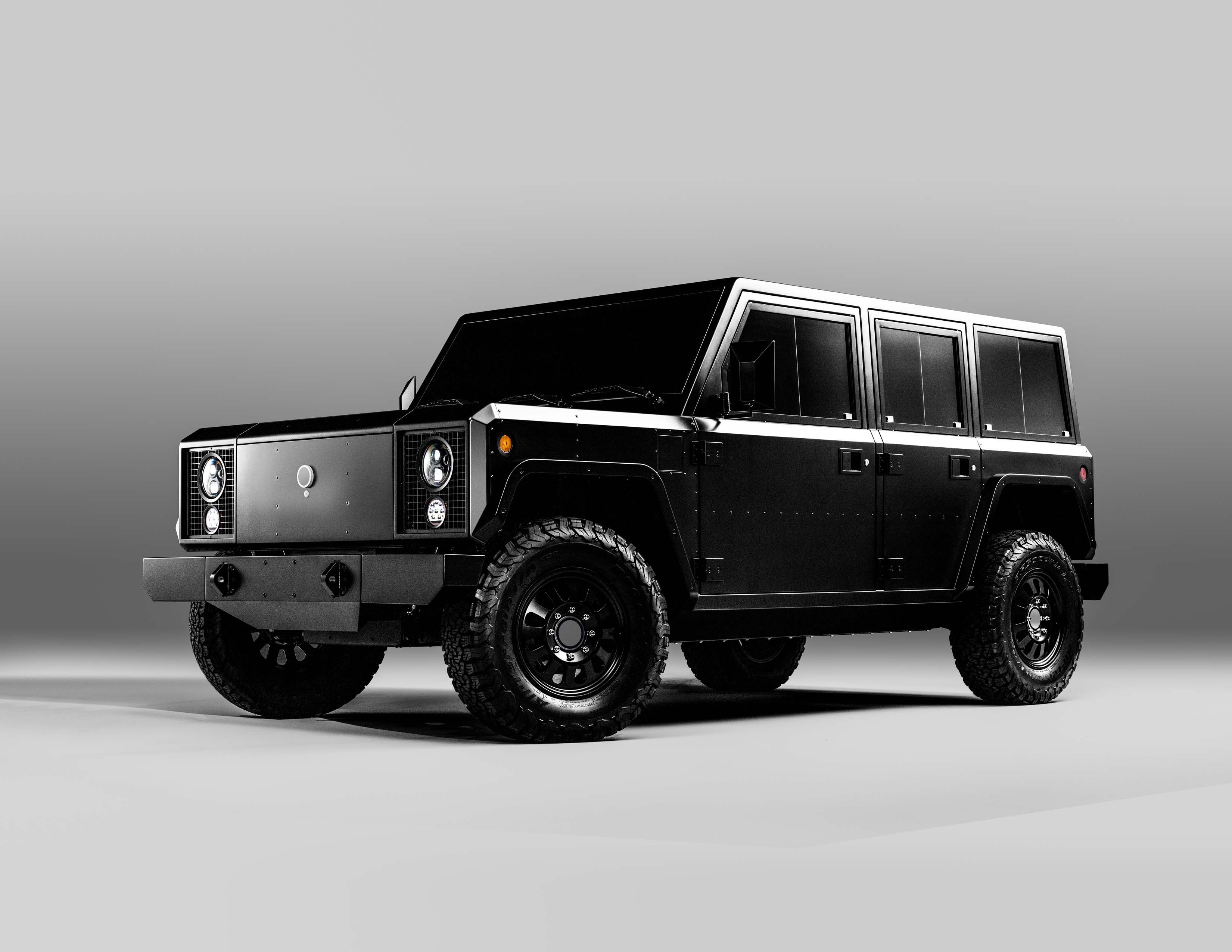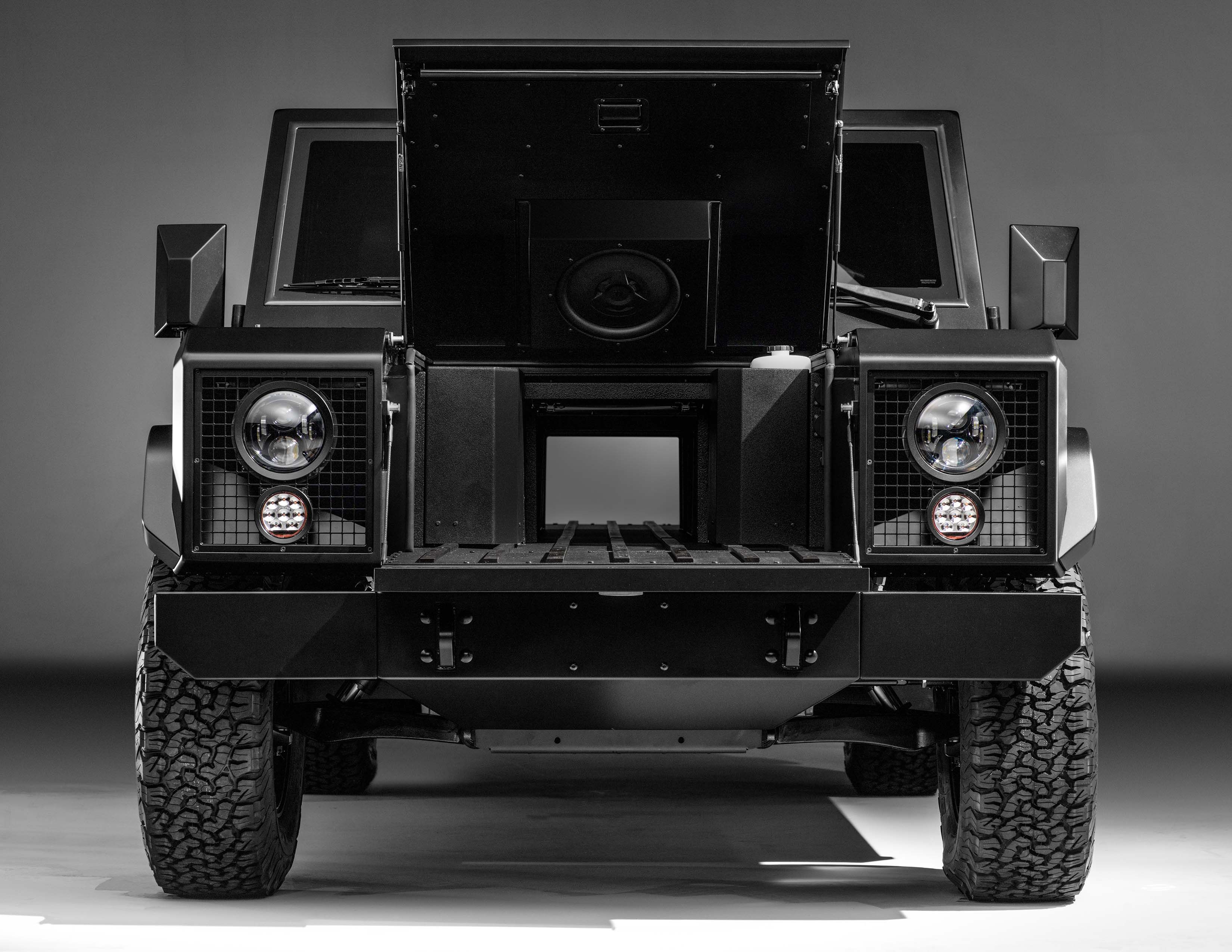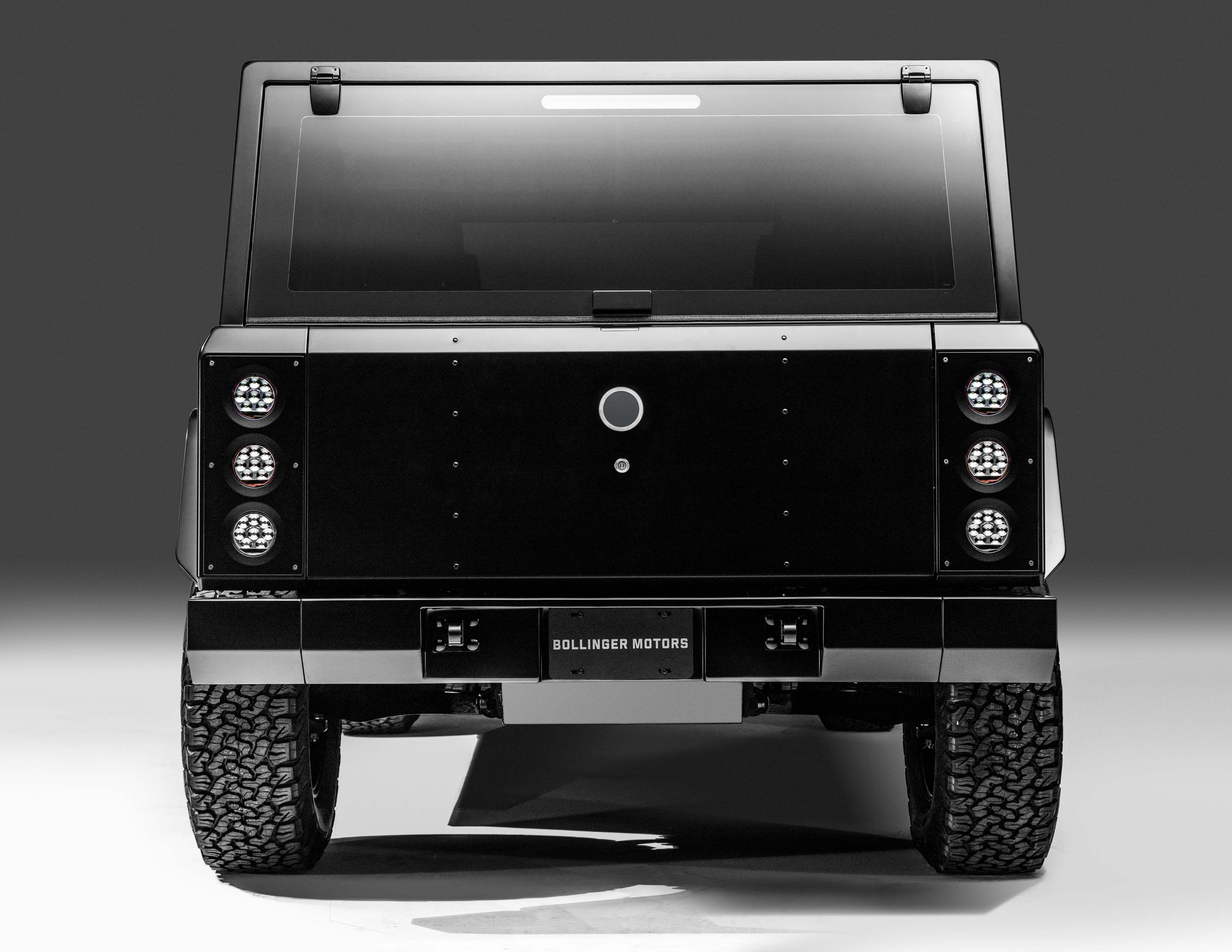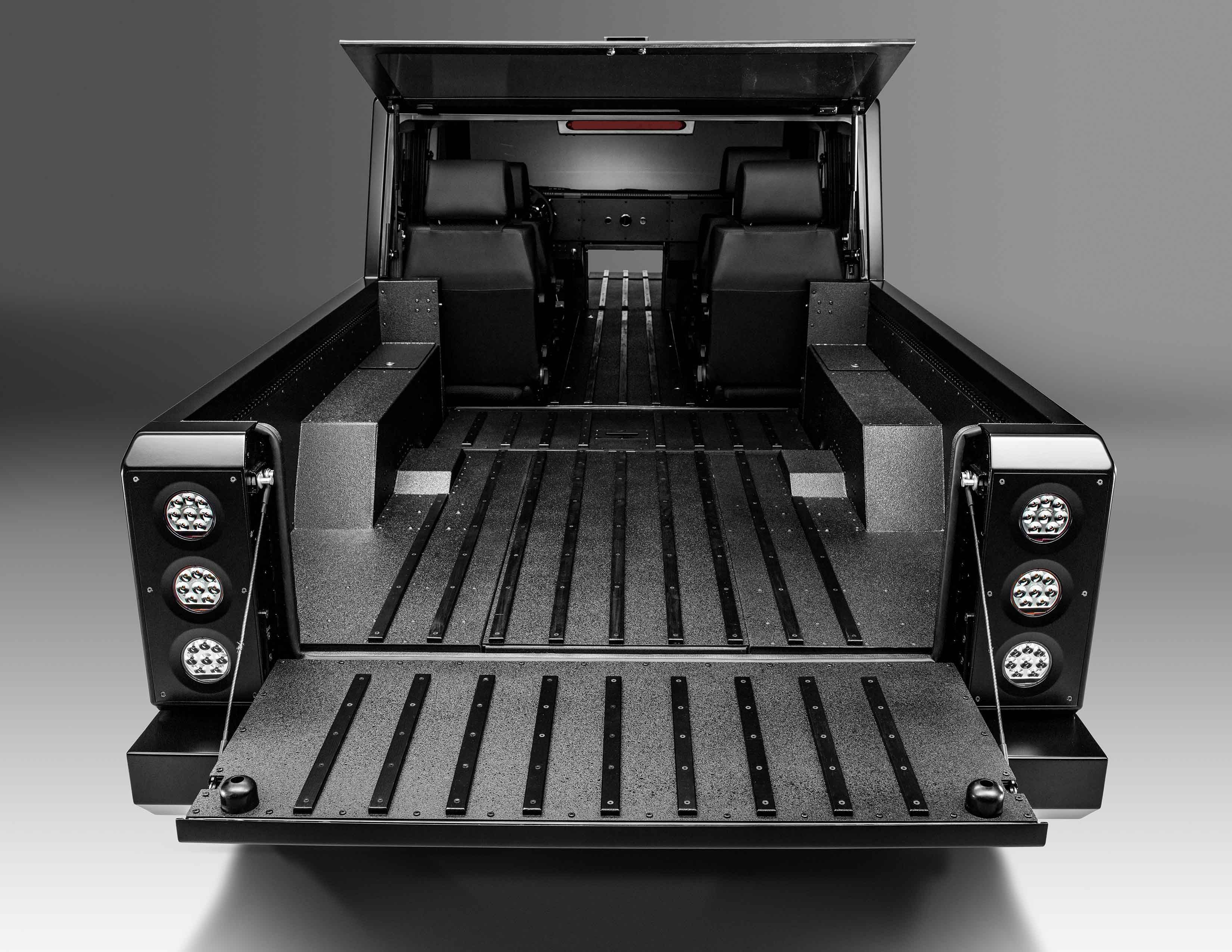Bollinger finally announced the prices and the production details for the all-electric, off-road Bollinger B1 (SUV) and B2 (pickup). The company revealed that the two off-roaders will be priced at $125,000 or double the cost of a fully decked-out Ford F-150 Raptor, which starts out at $52,885. This comes as a bit of a surprise because the previous speculation hinted at a starting price of a notch under the six-digit figure. Will Bollinger be able to move these twins as expected, given the slightly higher price tag?
Why are the Bollinger B1 and B2 So Expensive?
Speaking with Car and Driver, Robert Bollinger, the company’s founder, said that "rather than follow the common business model of borrowing money for years and years in order to cover the high cost of producing electric vehicles, we're pricing our vehicles to cover their material and production costs. As for covering all of the R&D and startup costs that have gone into it, we hope to turn a profit in the first few years. We have been honest and transparent during our entire journey, and this price reflects that."
Mr. Bollinger further added that the reason for the high costs is that the company hopes to turn in profits within the first few years. Another factor playing here is the fact that Bollinger does not aim at selling the products in huge volumes right away. The company is planning to build just 1,000 examples every year, for now, and ramp up the productions after that.
Will the Bollinger B1 and B2 be Appealing to Consumers?
The Bollinger twins are not your conventional EVs. They are offered in the bare-bones avatar, with no electronic shenanigans whatsoever, far away from what Tesla and Rivian can offer. Th
Despite this lack of cutting edge gadgetry, the trucks received 34,500 “interests”.
The company says that its target audience is the same set of enthusiasts who are buying other mainstream SUVs and pickup trucks and spending $50,000-$60,000 on making them off-road capable. However, Bollinger says its trucks will be rolled out of the factory with similar performance to what those ‘modded’ SUVs and pickup trucks offer. Well, I don’t entirely agree because the Bollinger trucks are strong mechanically, but not in terms of features, accessories, and many other things.
There Is No Way You Can Hate These Vehicles For The Way They Look
The Bollinger twins feature a very boxy design, right on the money, following the G-Wagon success and other FJ Cruiser or Ford Bronco revivals.
Bollinger trucks are "Class 3"
The simplistic approach is translating under the all-aluminum body with a ‘Skateboard’ platform which puts the Bollinger trucks in the Class 3 electric vehicle category. That Class bypasses certain government regulations requiring airbags and crash-testing, which should be very helpful for a small production run like the B1 and B2. Class 3 also comes from the fact that the truck bed measures over 49 inches in width and 69 inches in length. That Class also awards the B2 pickup truck a 10,001-pound gross vehicle weight rating (GVWR).
It Comes With A Tunnel Long Enough To Carry very long objects
The most unique and patented feature about the Bollinger B2 pickup truck is its pass-through storage patent system. The mid-gate behind the rear seats can be flipped open and that creates a long tunnel-kind-of-a-space all the way to the front trunk, or how it’s called these days, the frunk. The seats are also removable.
Bollinger B1 and B2 Towing Capacity - underwhelming
One would naturally assume that an ‘electric’ pickup truck would have a high towing and payload capacity to boast of. We’ve heard Tesla claim a towing capacity of 300,000 pounds for its pickup truck and Ford ‘showed’ us that the electric F-150 can tow up to 1.25 million pounds. Well, that’s not the case here, the Bollinger B2 comes with a towing capacity of just 7,500 pounds and a payload rating of 5,000 pounds.
This is typical from Internal Combustion engine (ICE) models the Bollinger B1 (SUV) would compete with, like the 2020 Land Rover Defender that can haul 7,716 pounds (3,500 kg) or the G-Class which can tow an even 7,000 pounds when properly equipped. But, for the B2 (Pickup) competing with the likes of models like the Ford F-150 which, when equipped with the 3.0-liter Diesel can tow as much as 17,100 pounds! The Bollinger is lagging behind. And, keep in mind, all of these trucks start out in the $50,000 - $70,000 range, so in theory, you can spend a lot of extra money on off-road tuning and still haul more than double what the B2 can offer.
What about Range Anxiety?
Considering its price and size, the most disappointing news is the range. Power is generated by a 120-kWh battery pack that is only good to go for a merely 200 miles on a full charge. We are all familiar with the Tesla Model X 10kWh pack going for above 300 miles. Anyway, the battery on the Bollinger charges from zero to 100 percent in 75 minutes in case of fast charging, but it takes 10 hours if you’re using a Level 2 220-volt charging system. It goes unsaid that the Bollinger vehicles make use of regenerative braking. To aid cooling, Bollinger has opted to install a battery pack with liquid-cooled plates.
So what is the source of these underwhelming specs?
The Bollinger B1 and B2 are powered geared toward hardcore off-road. First, the two motors, one on each axle, generate a combined 614 ponies and 668 pound-feet of twist. Secondly, a two-speed Hi/Lo Range gearbox will be offered to make sure you have the right amount of torque at your disposal under any circumstance. The strong motor explains the lower range and the low range gearbox may explain the low towing capability considering these multi-gear gearboxes are something very new in the EV market. The absence of gearbox is really what makes the very high towing capability in most EVs.
How fast does it go?
The Bolling trucks will sprint to 60 mph in 4.3 seconds and reach a top speed of 100 miles per hour, not bad for a bix box of cereal! We are talking about the shape of course...not the cost!
Bollinger Drivetrain
The Bollinger B1 and B2 boast some good hardware, including:
- Front and rear locking differentials
- Front and rear disconnecting sway bars
- Geared axle hubs
- 11.75-inch disc brakes
The B2 also features self-leveling hydro-pneumatic suspension with a travel range of 10 inches to allow driving through the roughest of terrains with ease. The suspension is set at 15 inches as default and can go either up or down by five inches.
Bollinger B1 and B2 specifications
|
Engine |
two electric motors, one on each axle |
|---|---|
|
Horsepower |
614 HP |
|
Torque |
668 LB-FT |
|
0 to 60 mph |
4.3 seconds |
|
Top Speed |
100 mph |
Simple Interior Will Please The Old-Schoolers
Inside the vehicles, all you can find relates to simple analog gauges on a flat dash and a basic steering wheel. Very trendy, following again in the path of the FJ Cruiser and Bronco popularity. The windows on all the four corners use manual sliding with latches. There is even a column shifter for you purists. Infotainment system? What’s that? Airbags? Unheard of, too. While all this is pretty cool, in that price range, ICE competition like the Mercedes G-Class offers all the same off-road capabilities plus a ton load of luxury. It makes one wonder what it would cost for the Bollinger B1 or B2 if it came equipped with all the interior tech that's common everywhere else in the industry.
Final Thoughts
Bollinger started accepting fully-refundable deposits for the Bollinger B1 and B2. You can pay $1,000 to book any of the trucks and the company will return it all back until the pre-order process begins. The twins will also come with glass roof panels and heated seats as well, but the prices for these are still not out. Production of the trucks will begin next year, with deliveries expected to kick off in 2021. Given the way the industry and segment dynamics are changing, is Bollinger taking things a little too slow? Share your thoughts with us in the comments section below.

